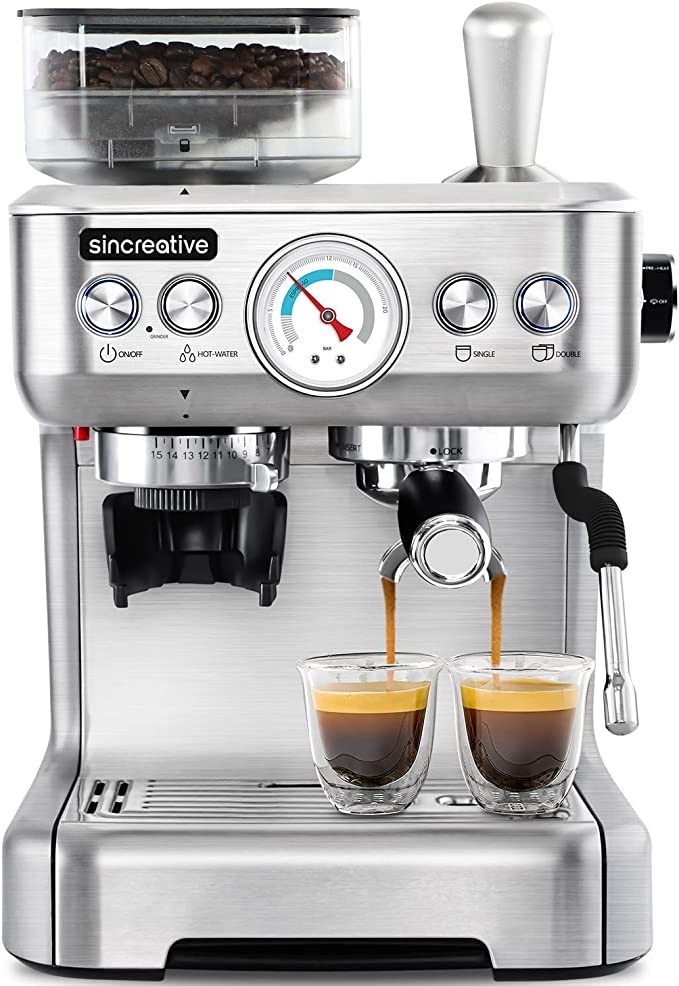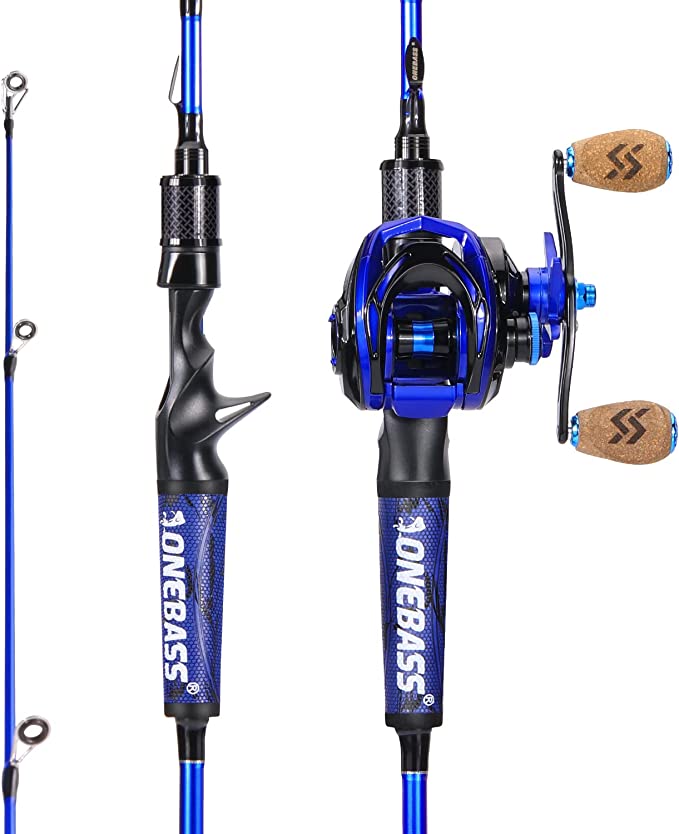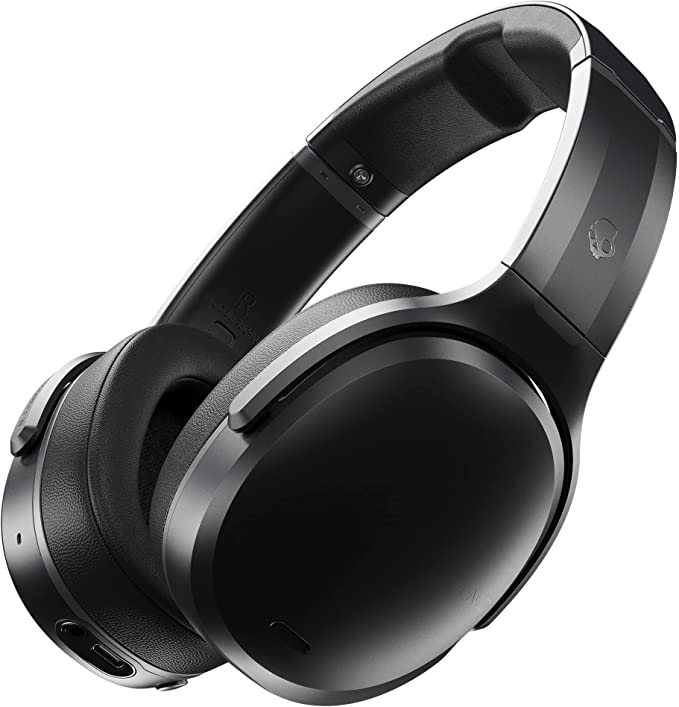Barista Warrior Pour Over Coffee Maker Set - Unlock the Full Flavor Potential of Your Beans
Update on Feb. 21, 2025, 3:41 p.m.
The aroma of freshly brewed coffee is a siren song for many, a daily ritual that transcends mere caffeination. While various brewing methods exist, pour-over coffee has captured the hearts of coffee aficionados for its ability to produce a clean, nuanced, and intensely flavorful cup. But what is it about this seemingly simple technique that yields such exceptional results? It’s a delicate dance between art and science, a process where precision and understanding elevate the humble coffee bean to its full potential. The Barista Warrior Pour Over Coffee Maker Set, with its thoughtful design and quality materials, is a tool that empowers both novice and experienced brewers to master this dance.
The Allure of Pour Over: More Than Just a Trend
Pour-over coffee isn’t a new fad. Its roots can be traced back to early 20th-century Germany, with Melitta Bentz’s invention of the paper filter. While automatic drip machines dominated for decades, the resurgence of pour-over is intertwined with the rise of specialty coffee and a greater appreciation for the nuances of coffee flavor. It’s a return to a more mindful, hands-on approach, allowing for greater control over the brewing process. It connects us more directly to the origins of the coffee, the terroir of the beans, and the artistry of the roaster.
Deconstructing the Brew: The Science of Pour Over Coffee
At its core, brewing coffee is a process of extraction. Hot water acts as a solvent, dissolving soluble compounds from the roasted and ground coffee beans. These compounds include:
- Acids: Contribute to brightness and complexity.
- Sugars: Provide sweetness and balance.
- Lipids (Oils): Contribute to body and mouthfeel.
- Plant Fibers: Add to the texture.
- Melanoidins: Formed during roasting, contribute to color and aroma.
The goal is to extract the right amount of these compounds – not too little (under-extracted, sour, weak) and not too much (over-extracted, bitter, astringent). Several key variables influence extraction:
- Grind Size: Finer grind increases surface area, leading to faster extraction.
- Water Temperature: Ideal temperature is typically between 195-205°F (90-96°C). Too hot, and you risk scorching the coffee; too cold, and you won’t extract enough flavor.
- Water-to-Coffee Ratio: The “golden ratio” is often cited as 1:15 to 1:18 (coffee to water, by weight).
- Brewing Time: The total contact time between water and coffee grounds.
- Agitation: Stirring or swirling the grounds during brewing.
- Water Quality. Using filtered water is paramount. Hard water, rich in minerals like calcium and magnesium, can lead to a dull, flat-tasting cup. Conversely, overly soft water might lack the minerals needed to properly extract the coffee’s flavors.

Filtration Face-Off: Paper vs. Metal vs. Barista Warrior’s Dual-Layer System
The filter is the gatekeeper, controlling which compounds make it into your final cup. Let’s examine the contenders:
-
Paper Filters: These produce the cleanest cup, trapping most of the oils and fine particles. This results in a bright, light-bodied coffee. However, some argue that paper filters absorb some of the desirable flavor compounds, and they are a single-use item, creating waste. There’s also the (often overblown) concern about bleached paper filters imparting a papery taste, although thorough pre-wetting usually mitigates this.
-
Metal Filters: These allow more oils and fine particles to pass through, resulting in a fuller-bodied, more robust coffee with a slightly sedimented texture. The increased oils contribute to a richer mouthfeel and a more intense aroma. However, single-layer metal filters can sometimes allow too much sediment, leading to a gritty or muddy cup.
-
Barista Warrior’s Dual-Layer Filter: This is where the Barista Warrior system aims to strike a balance. The combination of a fine inner mesh and a laser-cut outer filter is designed to retain the desirable oils and aromatic compounds while preventing larger particles and sediment from entering your cup. This results in a coffee that is both rich and clean, capturing the best qualities of both paper and traditional metal filters. The key is the pore size of the filter. The dual-layer design allows for a carefully calibrated pore size distribution, optimizing the flow of water and the retention of desirable compounds.
Material Matters: Borosilicate Glass and the Pursuit of Purity
The carafe of the Barista Warrior set is crafted from borosilicate glass. This isn’t your average glass. Borosilicate glass, originally developed for laboratory use, is renowned for its exceptional thermal shock resistance. This means it can withstand rapid temperature changes – like pouring boiling water into a room-temperature carafe – without cracking.
Why is this important? Ordinary glass expands and contracts significantly with temperature changes. If this happens too quickly, the stress can cause the glass to shatter. Borosilicate glass, however, has a very low coefficient of thermal expansion. This is due to its unique composition, primarily silica (SiO₂) and boron trioxide (B₂O₃). The boron trioxide creates a more stable, less reactive glass structure. This also makes it highly resistant to chemical corrosion, ensuring that no unwanted flavors leach into your coffee. The purity of the glass preserves the true taste of your brew.

The Barista Warrior Pour Over Kit: A Closer Look
Let’s break down the components of the kit:
-
The Dual-Layer Filter: As discussed, this is the heart of the system. The stainless steel construction (likely 304 or 316 grade, known for their corrosion resistance) ensures durability and longevity. The precise engineering of the two layers provides optimal filtration and flow rate.
-
The Carafe: The 34-ounce (1000ml) borosilicate glass carafe is not only durable but also aesthetically pleasing. The clearly marked measurements on the side allow for precise water-to-coffee ratios, crucial for consistent brewing. The comfortable handle ensures a secure grip, even when the carafe is full and hot. The wide mouth design facilitates easy cleaning.
-
The Scoop: The included scoop, crafted from acacia wood, is more than just a stylish addition. Acacia is a dense, durable hardwood known for its natural antibacterial properties. This makes it an ideal material for a coffee scoop, resisting moisture and preventing the growth of bacteria that could potentially affect the taste of your coffee. The standard 2-tablespoon capacity provides a convenient measure for consistent brewing.
Brewing the Perfect Cup: A Step-by-Step Guide (with tips and troubleshooting).
- Heat Your Water: Heat filtered water to 195-205°F (90-96°C). A gooseneck kettle is highly recommended for precise pouring control.
- Grind Your Coffee: Use a medium-coarse grind, resembling coarse sand. The right grind size is crucial for optimal extraction. Too fine, and the water will flow too slowly, leading to over-extraction (bitter taste). Too coarse, and the water will flow too quickly, resulting in under-extraction (sour, weak taste).
- Prepare the Filter: Place the Barista Warrior filter in the carafe.
- Add Coffee: Use the included scoop (or a scale) to measure the appropriate amount of coffee. A good starting point is a 1:16 coffee-to-water ratio (e.g., 30g of coffee for 480g of water).
- Bloom: Pour just enough hot water over the grounds to saturate them evenly (about twice the weight of the coffee). Let it sit for 30-45 seconds. This “bloom” allows the coffee to degas, releasing trapped carbon dioxide, which can interfere with extraction. You’ll see the grounds swell and bubble.
- Continue Pouring: Slowly and steadily pour the remaining water over the grounds, using a circular motion to ensure even saturation. Avoid pouring directly onto the filter itself.
- Brew Time: The total brew time (including the bloom) should be around 3-4 minutes. Adjust the grind size if necessary to achieve this timeframe.
- Enjoy: Remove the filter and serve the freshly brewed coffee.
Troubleshooting:
- Coffee tastes bitter: Your grind may be too fine, the water too hot, or the brew time too long.
- Coffee tastes sour: Your grind may be too coarse, the water too cold, or the brew time too short.
- Water drains too slowly: Your grind may be too fine, or the filter may be clogged.
- Water drains too quickly: Your grind may be too coarse.
Beyond the Brew: Cleaning, Maintenance, and Coffee Ground Disposal
The Barista Warrior system is designed for easy cleaning. Rinse the filter and carafe thoroughly with hot water immediately after use. For a deeper clean, you can use a mild dish soap and a soft brush. The filter and carafe are also dishwasher safe.
Don’t discard those used coffee grounds! They are a valuable resource:
- Compost: Coffee grounds are an excellent addition to your compost pile, providing nitrogen and other nutrients.
- Garden Fertilizer: Sprinkle them directly around plants as a slow-release fertilizer.
- Natural Exfoliant: Use them as a body scrub.
- Odor Absorber: Place a bowl of dried grounds in the refrigerator or other areas to absorb odors.

Conclusion: Elevating Your Daily Ritual
The Barista Warrior Pour Over Coffee Maker Set offers more than just a method for brewing coffee; it provides a gateway to a deeper appreciation for the art and science of coffee making. By understanding the principles of extraction, the role of filtration, and the importance of quality materials, you can unlock the full potential of your coffee beans and elevate your daily ritual. It’s a journey of exploration, experimentation, and ultimately, the enjoyment of a truly exceptional cup of coffee.






































